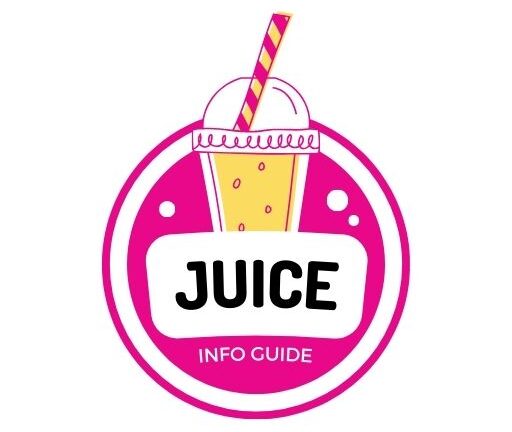Orange juice, a breakfast staple for millions, has recently become a luxury item for some households. Prices have skyrocketed, leaving consumers wondering: why did orange juice prices go up so dramatically? Let’s peel back the layers and uncover the reasons behind this surge.
The Three Ds: Drought, Disease, and Demand
The global orange juice market has been shaken by what experts call the “Three Ds”: drought, disease, and demand. These factors have created a perfect storm that has sent prices soaring.
1. Drought: Nature’s Wrath on Citrus Crops
Extreme weather events have wreaked havoc on orange-growing regions. Brazil, the world’s largest orange producer, has faced severe droughts and heatwaves during critical growing periods. These conditions have stunted fruit growth and reduced yields significantly. Similarly, in Florida, hurricanes have further damaged crops, compounding the issue.
2. Disease: The Citrus Greening Crisis
One of the most devastating factors is citrus greening disease (also known as Huanglongbing or Yellow Dragon disease). This incurable disease causes oranges to become bitter and misshapen before killing the trees entirely. Both Florida and Brazil—the two largest orange producers—have been hit hard by this disease. In Florida alone, citrus greening has decimated groves over the past decade, drastically reducing output.
3. Demand: A Pandemic-Driven Spike
During the COVID-19 pandemic, demand for orange juice surged as consumers sought vitamin C-rich beverages to boost their immune systems. Although demand has since stabilized, it remains higher than pre-pandemic levels. With supply unable to keep up due to drought and disease, prices have naturally climbed.
The Numbers Don’t Lie
The statistics paint a clear picture of the crisis:
– In Brazil, orange production for the 2024-2025 season is forecasted to drop by 25%, one of the worst harvests in decades.
– In Florida, production has fallen to historic lows due to hurricanes and citrus greening.
– The price of frozen concentrated orange juice futures reached $4.77 per pound in 2024—nearly double what it was a year prior.
These challenges have pushed wholesale orange juice prices up by 77% globally in just one year.
Ripple Effects on the Industry
The rising costs of oranges have forced juice manufacturers to make tough decisions:
– Some are exploring alternative fruits like mandarins or even blending apple or pear juice into their products to reduce reliance on oranges.
– Others are tapping into frozen juice reserves from previous years, but these stocks are dwindling fast after three years of shortages.
Even with these measures, consumers are feeling the pinch at grocery stores. A 12-ounce can of frozen orange juice concentrate now costs over $4—a staggering 40% increase compared to last year.
A Glimmer of Hope?
Despite these challenges, there’s some optimism on the horizon:
– Valencia oranges, a key variety used for juicing, are expected to see a 25% increase in supply this year. If this trend continues, it could help stabilize prices.
– Researchers are working tirelessly to combat citrus greening disease through genetic modification and pest control measures.
What Can Consumers Do?
While waiting for prices to stabilize, here are some tips for navigating this juicy crisis:
– Try Alternatives: Experiment with other juices like apple or grape as substitutes.
– Buy Local: Support local farmers who may offer fresh oranges at lower prices than imported varieties.
– DIY Juicing: Purchase whole oranges and make your own juice at home—it’s often more cost-effective and fresher!
Final Thoughts
The rise in orange juice prices is a complex issue driven by environmental challenges, disease outbreaks, and shifting consumer habits. While these factors have created significant hurdles for producers and consumers alike, innovations in agriculture and increased supply may eventually bring relief. Until then, savor every sip of your morning OJ—it’s more valuable than ever!
